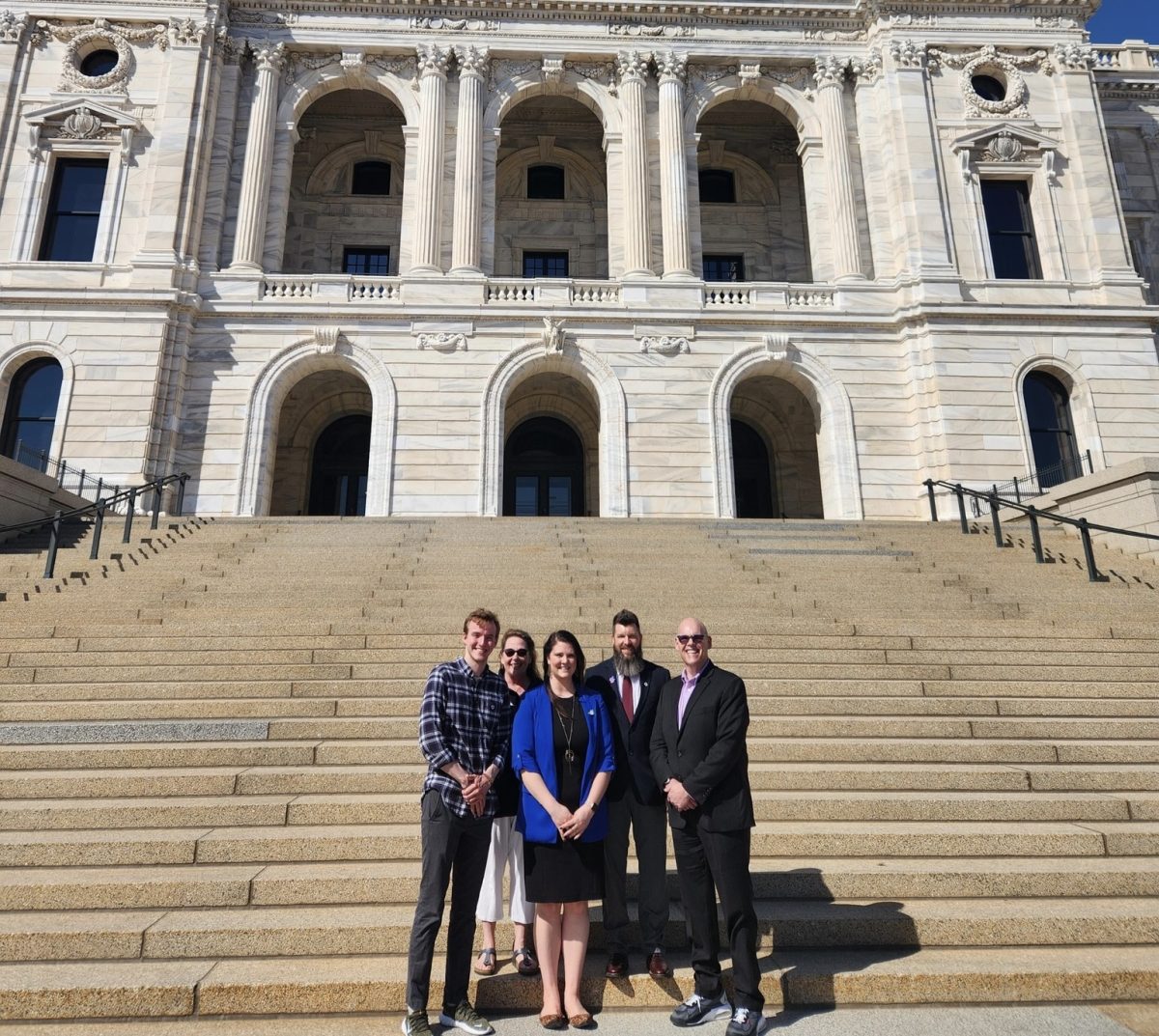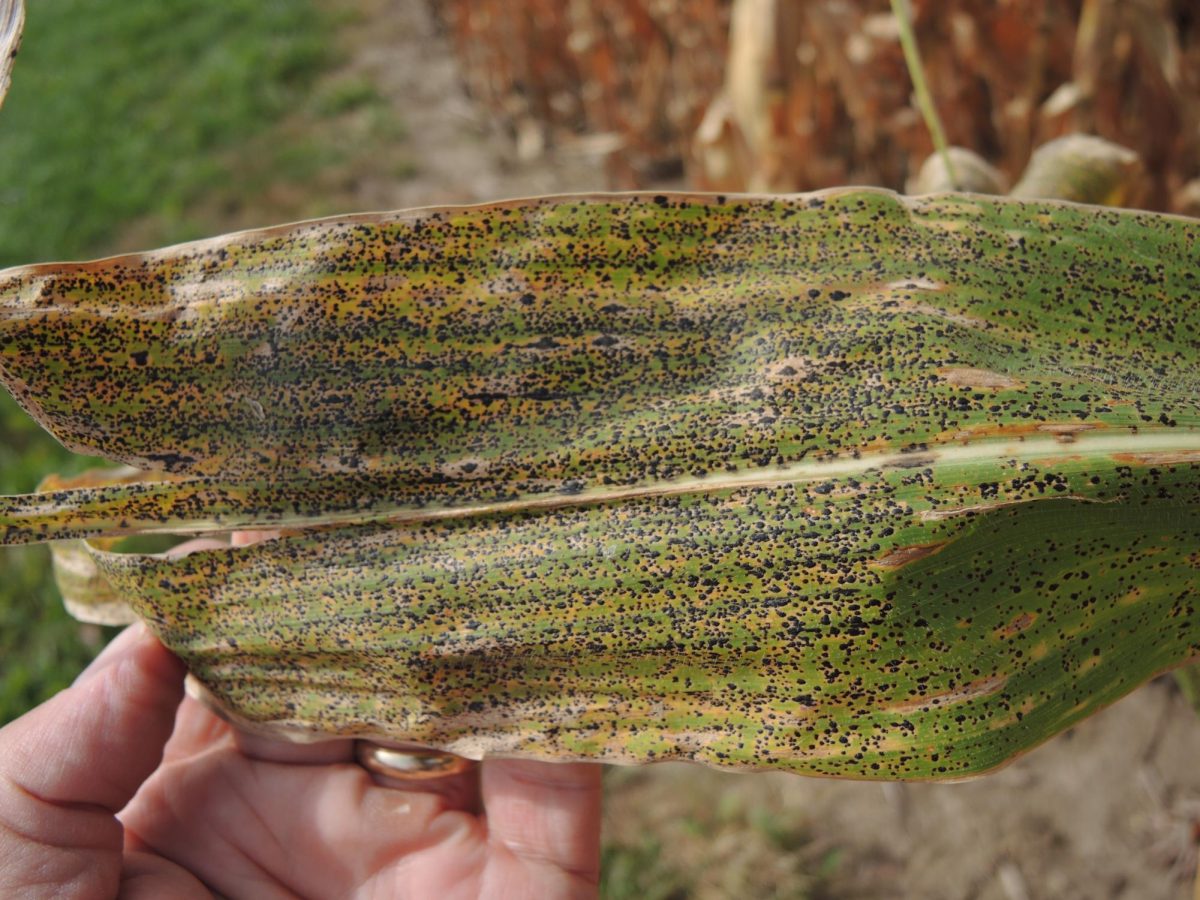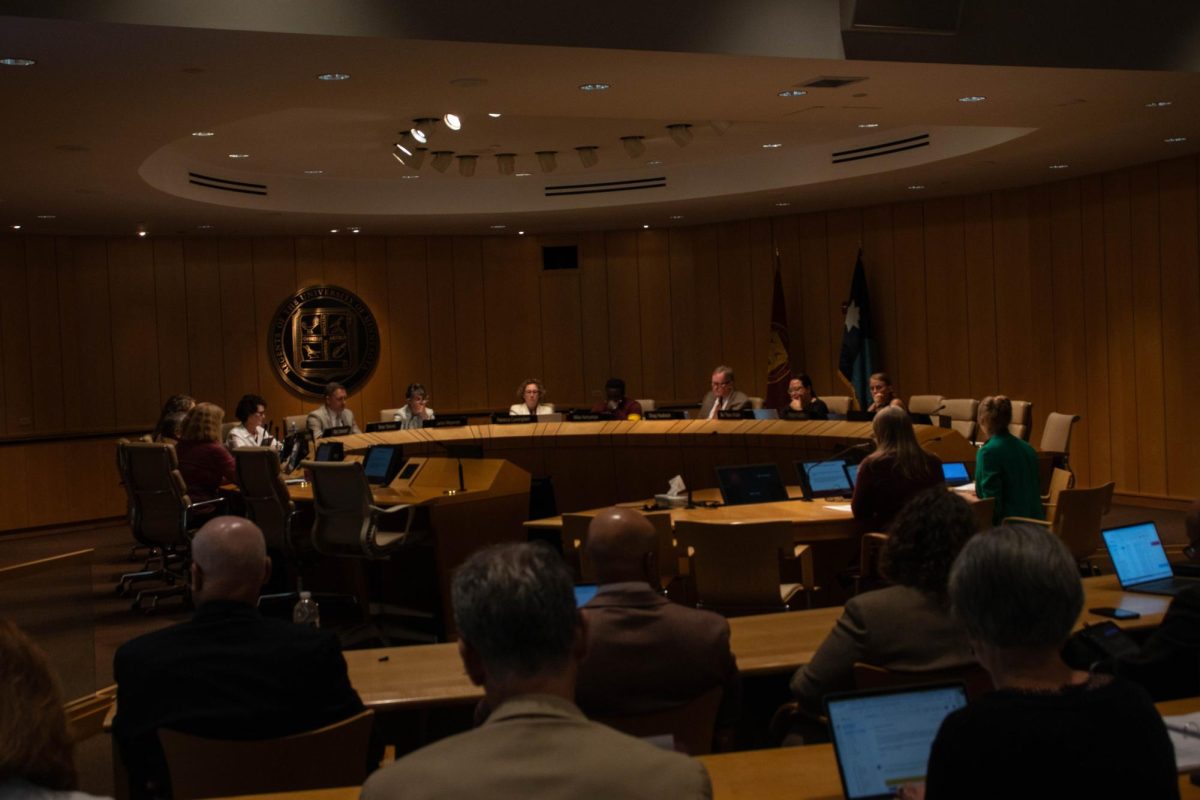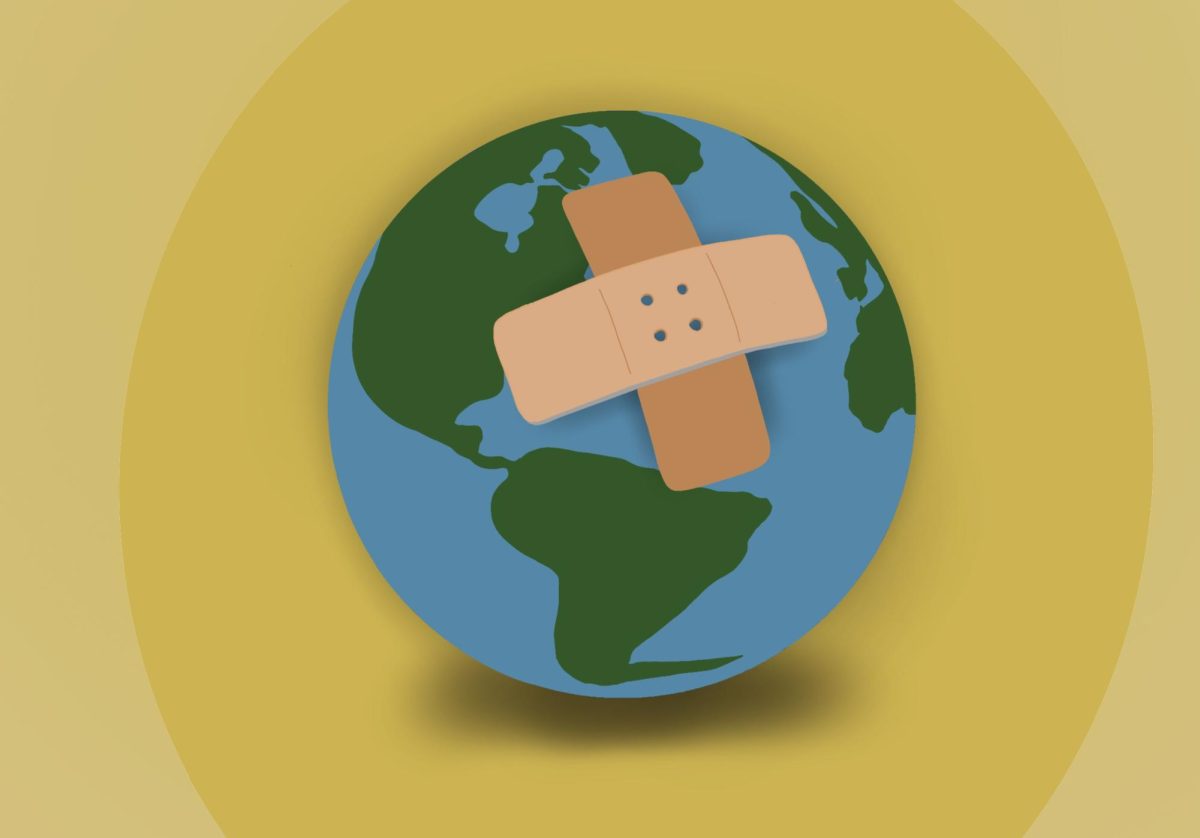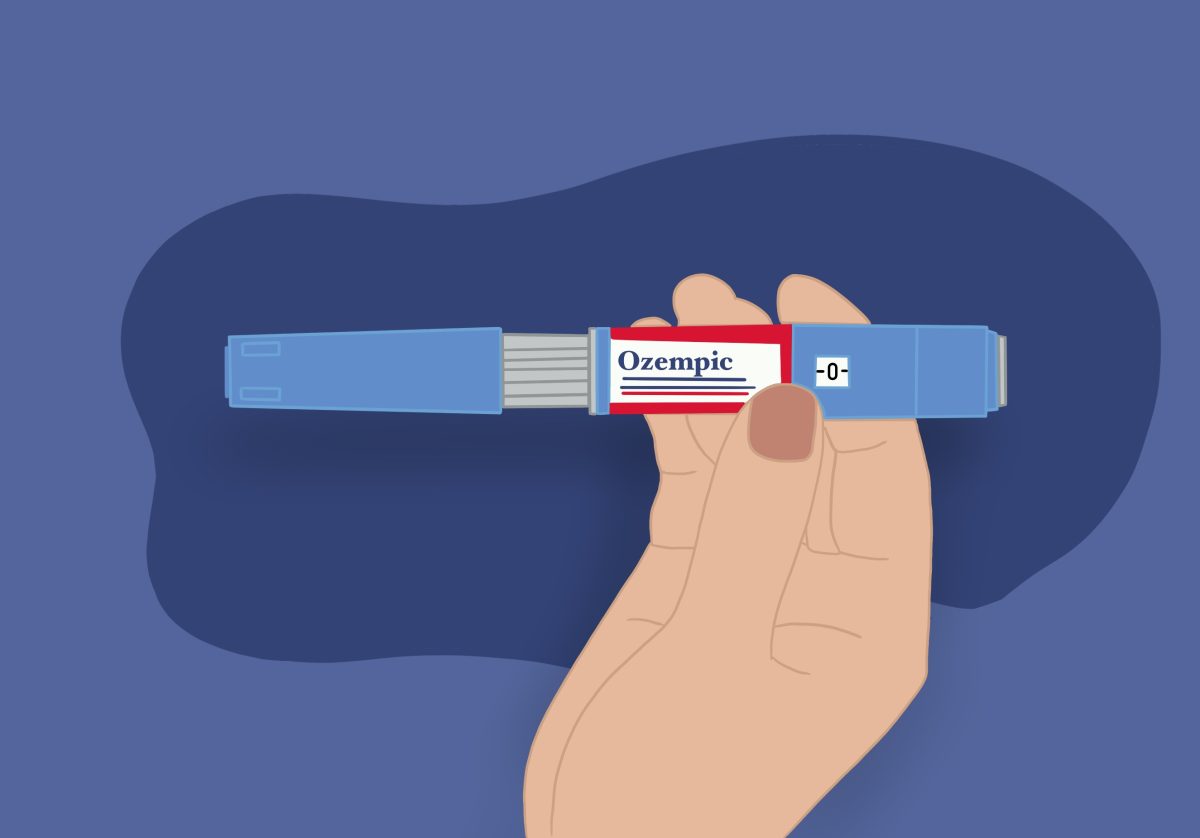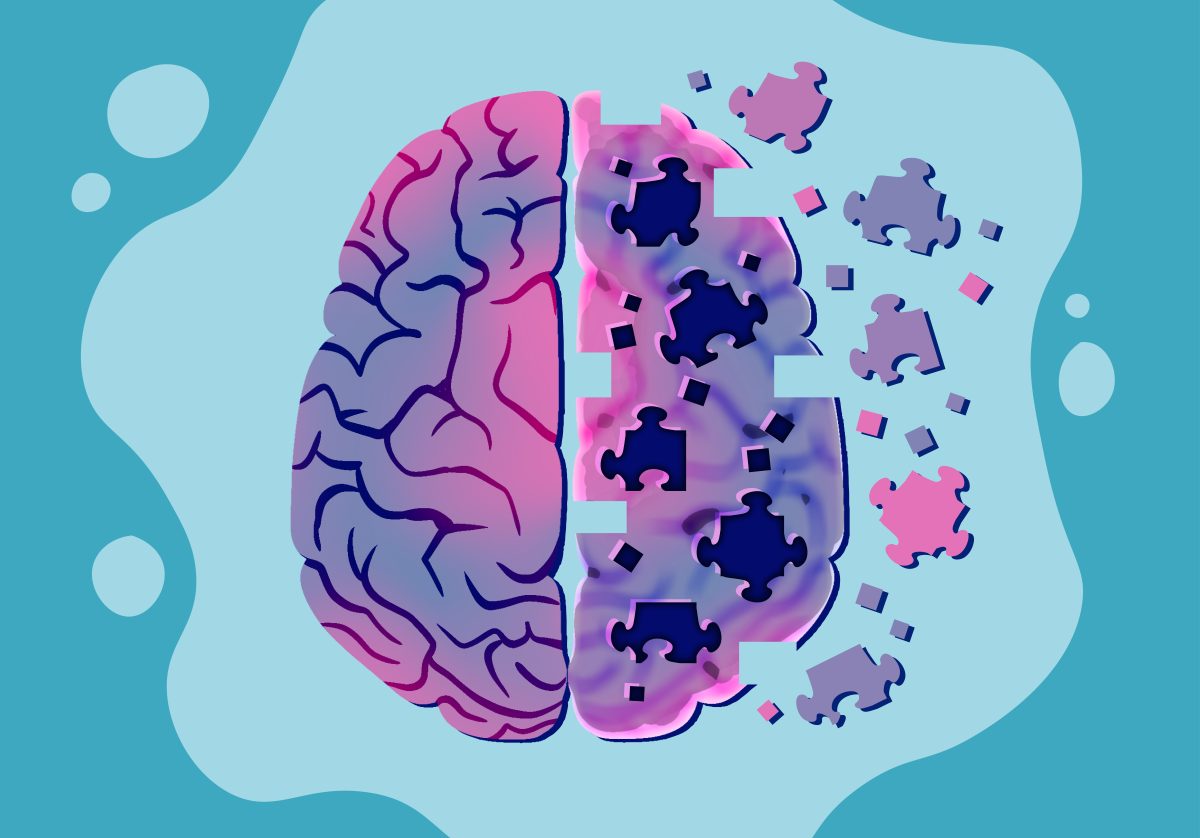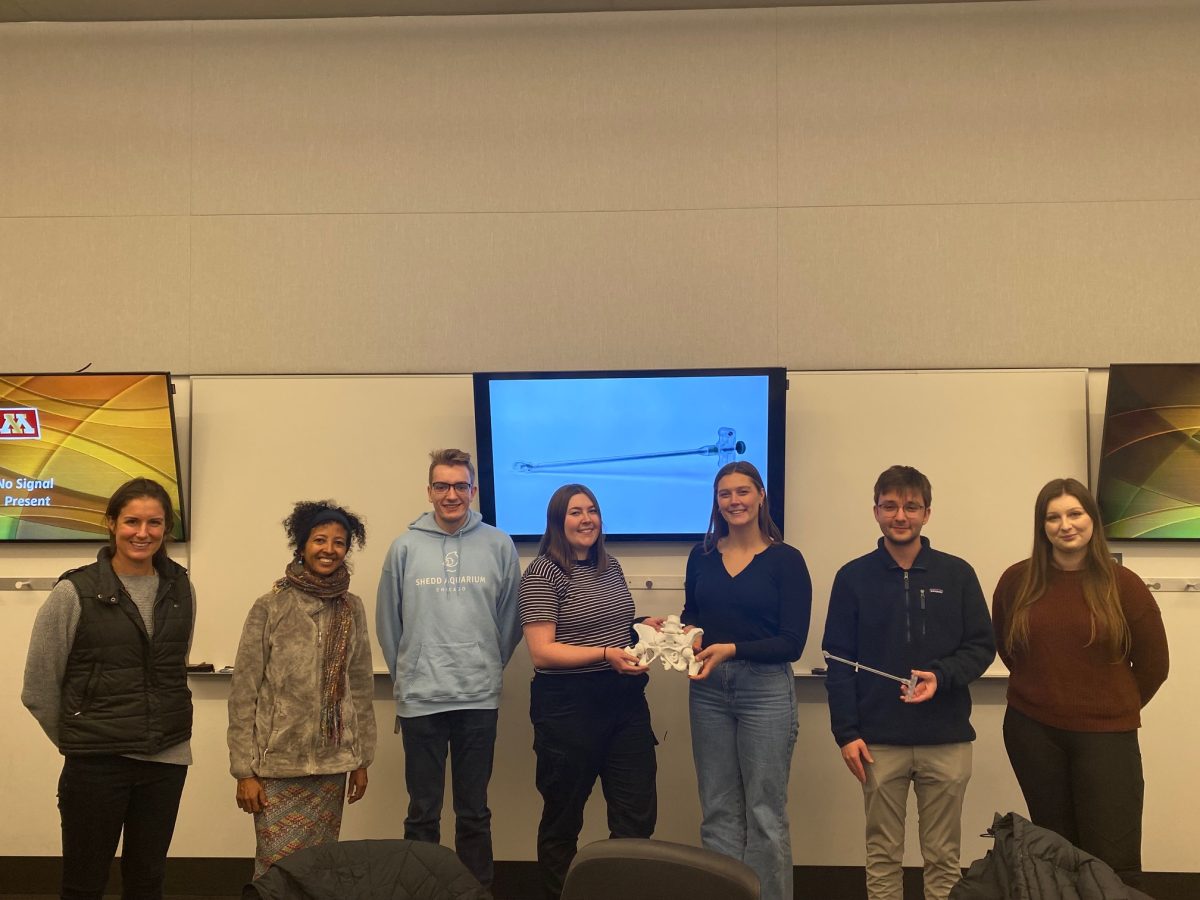The Minnesota Chapter of the American Foundation for Suicide Prevention (AFSP) hosts events to share stories and advocate for progressive change in mental health legislation.
The goal of the AFSP is to save lives and bring hope to those affected by suicide through advocacy efforts, support for survivors of suicide loss, research, and prevention and education programming.
On average there are 132 suicides per day in the United States, making it the 11th leading cause of death in the country, according to the AFSP website.
The AFSP is the largest private funder of suicide prevention research with 34 new studies funded in the last fiscal year, said Amanda Leininger, the Minnesota area director for the AFSP. Last year, the AFSP had six in-person events and one virtual event.
The AFSP virtual event was in American Sign Language for survivors who are part of the Deaf and hard-of-hearing communities, Leininger said. The event was held on Nov. 18, which is International Survivors of Suicide Loss Day, for attendees to find connection and understanding through shared experiences.
“It’s well attended, which I hate to say that an event is well attended and that we’re grateful because we don’t want anyone to be to be a suicide loss survivor, but we’re so grateful that for those who have experienced that loss, [we] can provide opportunities for connection like that,” Leininger said.
April 9 is State Capitol Day for the AFSP, which brings together advocates from the AFSP and other organizations to meet with state and local public officials to advocate for bills related to suicide prevention and mental health, Leininger said.
“We talk a little bit about how to share your story safely, how to speak about suicide and then we have a volunteer team of an advocacy committee that will be working ahead of time to set up legislative appointments with our advocates and their legislators,” Leininger said.
Juan Del Toro, an applied psychologist in the Department of Psychology at the University of Minnesota, said he became interested in the paradox between mental and physical health because of his own identity as a person of color. Other researchers at the University are examining mental health inequities among BIPOC and LGBTQ+ communities who are disproportionately affected by suicide.
People of color report higher levels of happiness, greater self-esteem and fewer cases of depression than white people, Toro said. However, people of color experience worse physical health outcomes, such as higher rates of diabetes and dysregulated cortisol rates — a side effect of chronic stress.
The environment contributes to this paradox, Toro added. As a result of redlining and segregation, Black American neighborhoods have more McDonald’s and liquor stores and fewer gyms, while more white Americans live in neighborhoods with more salad chains and gyms, according to Toro.
“The two racial groups have different opportunities and different resources to cope with adversity and stressful experiences in their day-to-day lives,” Toro said.
Toro said people of color have strong capabilities of instilling resilience in their children. However, many school teachers and faculty are predominately white, so encouraging conversations around race and racism in the classroom is important for students’ identities and well-being.
“Rather than thinking about families needing intervention, think about schools as a potential cost-effective setting for intervention,” Toro said. “Adolescents are currently interacting with different ethnic racial groups in schools and our youth of color are the model majority in schools.”
Bonnie Klimes-Dougan, a researcher in The Research in Adolescent Depression Lab, said she has been researching adolescents with depression and self-harm because their brains are still developing, leaving a window of opportunity to intervene.
“The million dollar question is, ‘What policies can help marginalized communities with elevated risk for suicide?’” Klimes-Dougan said.
Native American youth have some amazing strategies for coping tied to their culture and identity, Klimes-Dougan said. However, the stressors within these communities are often severe.
Native Americans and LGBTQ+ populations experience the highest rates for suicide, Klimes-Dougan said. Rather than viewing governmental policies as a definite solution for these elevated rates, building off cultural traditions and identity is helpful.
“One bright spot is that continuing to identify with those traditions of your community seems to be strength building,” Klimes-Dougan said. “Powwows can have restorative effects, so maybe it’s even more powerful than the government saying, ‘We’re going to do something for you.’”
In February, L.E.T.S. Save Lives, an introduction to suicide prevention for Black communities, was launched by the AFSP, Leininger said. The acronym stands for Listening, Empathy, Trust and Support. The program is aimed to reduce cultural stigmas and help participants understand systemic factors that impact suicide rates according to Leininger.
Safe Reporting Saves Lives is another program offered by the AFSP and is a presentation-based learning opportunity for newsrooms to learn how to write about suicide safely, Leininger said.
“I get emotional just thinking about how every single person who you meet has a story,” Leininger said. “Whether that’s a story related to mental health or suicide prevention, I think it’s really beautiful that [the AFSP] allows people to share their stories about what they’ve experienced.”
Call or text 988 or chat at 988Lifeline.org or contact the Crisis Text Line by texting TALK to 741741.










